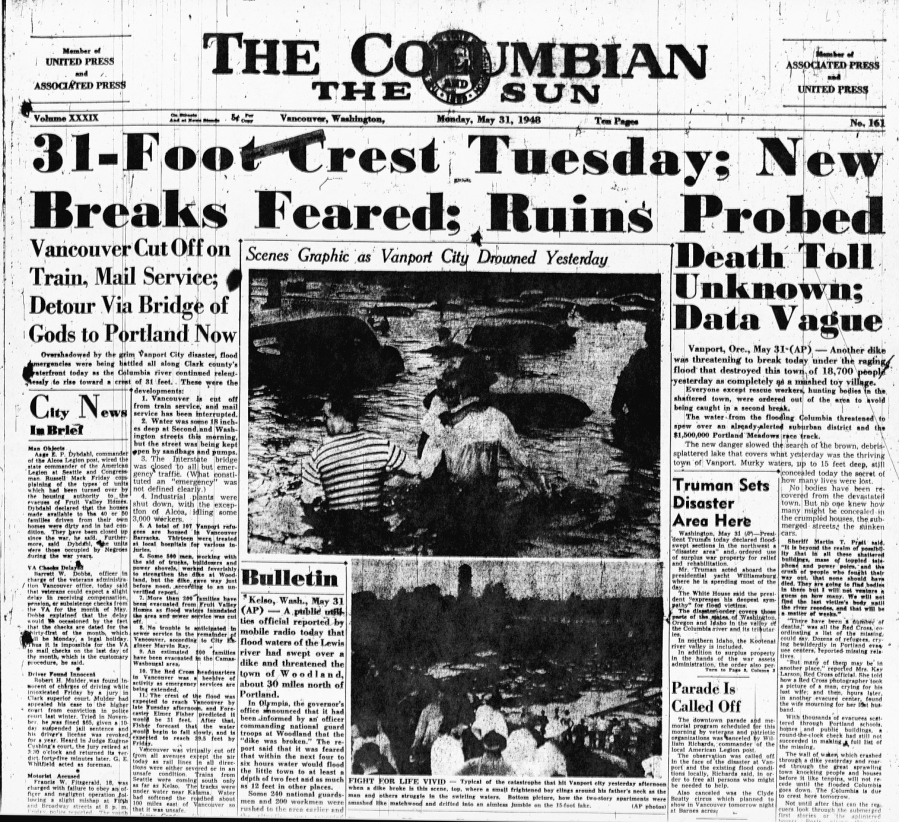Zita Podany grew up in Portland but simply didn’t believe what seemed like tall tales about a vanished city called Vanport. Her friends’ parents talked about living in and then fleeing the place. But Podany used to look down at the marshy no-man’s-land below the Interstate 5 Bridge and dismiss those stories. “There’s no way people could live there,” she thought.
Of course, people did live in Vanport: 40,000 of them were squeezed into 650 acres of shoddy construction that went up in a single year, between August 1942 and August 1943. That happened after industrialist Henry J. Kaiser grew frustrated with the way the city of Portland and its real estate professionals resisted finding or building housing for shipyard workers pouring into the area.
“They really didn’t want the face of Portland changing,” Podany said. Many of those new arrivals were not white. Many of them were poor, uneducated people from the Midwest and South. Professional Portland was not happy to have them, and Kaiser “lost patience” with that resistance, Podany writes in a new volume of the “Images of America” book series about the city that submerged.
Podany will visit Vintage Books at 2 p.m. Saturday to read from her book. Podany, who teaches at Portland Community College, is not a trained historian, but she said she is a dedicated student of history who has conducted many interviews with local people who experienced key historical moments — such as Holocaust survivors and Japanese Americans interred during World War II.




